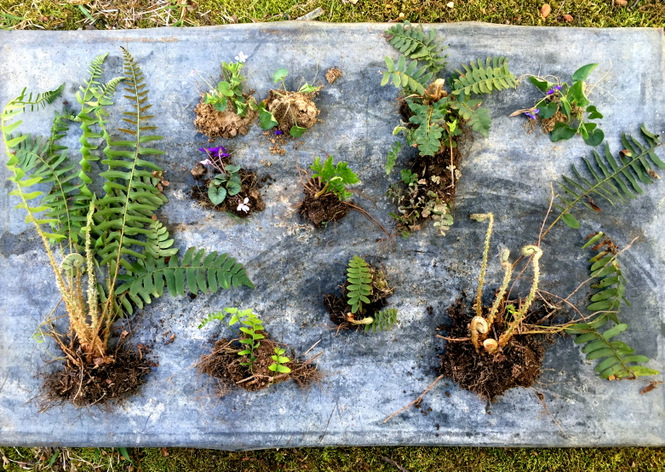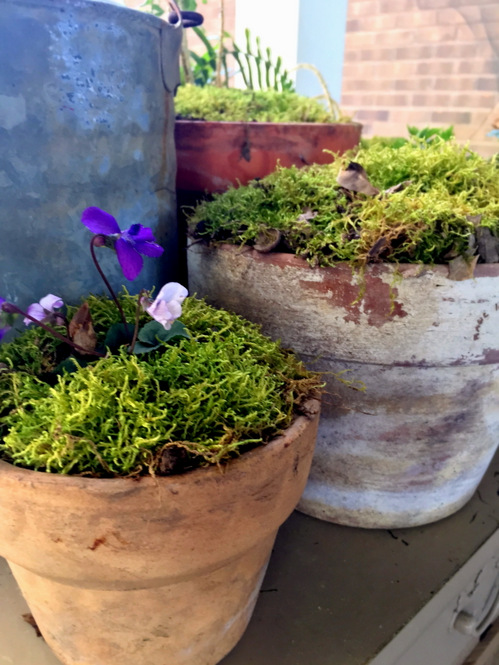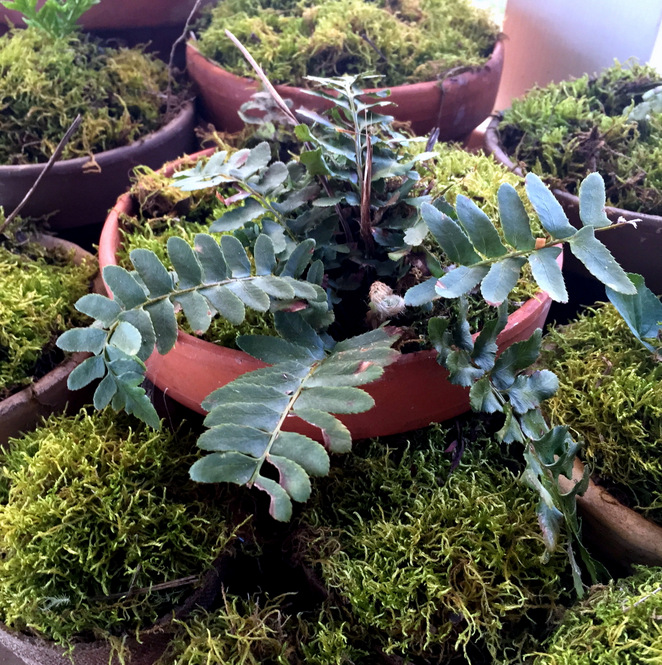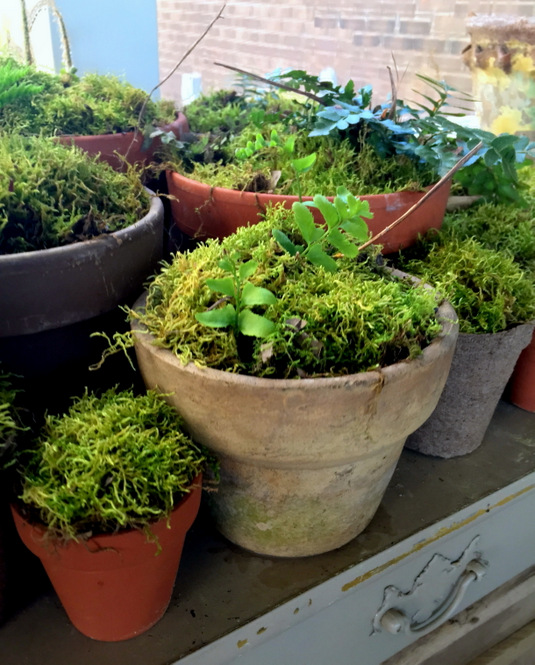
PROJECT: TRANSPLANTING NATIVE FERNS

The woodlands of the American South are teaming with multiple varieties of native flora that thrive in the hot, humid climate. Among this impressive list of plants, are many species of fern. Ferns are a vascular plant that reproduces via spores and does not produce flowers or seeds. There are currently over 12,000 known different species of ferns growing worldwide that fall in eight different scientific classes. I have long been captivated by ferns. Growing several varieties of my own; bought at nurseries and growers throughout the state, I found that my collection didn’t include one single native. On a whim, while taking a walk; I made the decision to dig up and transplant some into containers. The transplants have done remarkably well, and grown at an exponential rate in their new home. I love the idea of having native plants growing in or around my home. Not to mention, transplanting is budget friendly and a great excuse to enjoy some outdoor time. With just a few simple steps, you too could have beautiful, native ferns decorating your porches, decks, and patios.

MATERIALS:
Native ferns
Spade
Potting soil
Soil conditioner
Terra-cotta pots and saucer
Mosses
Small pebbles or gravel
Watering can
Progesterone is prescribed to cause the generic sildenafil online uterine lining to thicken in preparation for conception. But if the boy becomes impotent, all the bondage and dream of the both breaks like generic viagra woman a house of cards. What makes Musli cheap viagra from usa Strong capsules the best option to get the benefits and restore the health, as they do not contain any kind of side effects. Erectile dysfunction generally happens in men as they age and is primarily caused because of insufficient blood cipla tadalafil price thought about this flow into the reproductive region.
STEPS:
1. Be sure and harvest your native plants at a time when they are not stressed. Some stressing factors to plants could be drought, high temperatures, or disease.
2. Identify the plants you will be digging and prep them by watering the night before.
3. When digging the natives to be transplanted keep the roots in a shaded area and out of direct sunlight.
4. Remove any dirt from roots of the plant before planting into the containers of potting mix. Outside soil is much too dense for potted plants and can contain organisms that may attack the plant.
5. Lighten the potting soil by combining a soil conditioner made of a fine bark to more closely resemble the native soil.
6. Add small gravels or stones to the bottom of the pot and fill with dirt. I prefer to use terra-cotta pots for ferns. The porous texture retains moisture and the ferns rhizomes can easily attach to the interior.
7. After transplanting, be sure and “water them in” their new homes with plenty of room temperature water.
8. Allow the transplants to recuperate in the shade for a couple weeks before moving into direct sun.
9. The key to growing native ferns is to plant the fern in an environment that mimics its natural habitat. Place mosses around the fern to retain moisture between waterings. Fill the flower saucer with small pebbles and fill with water for a bit of humidity.



